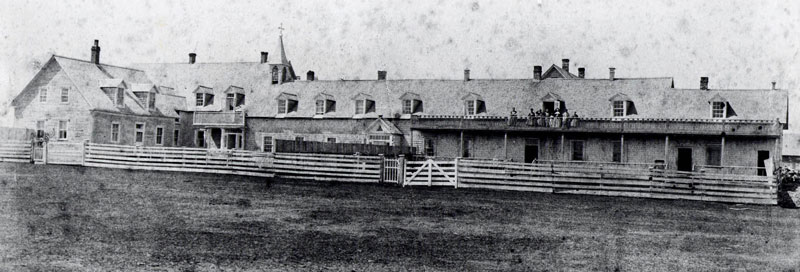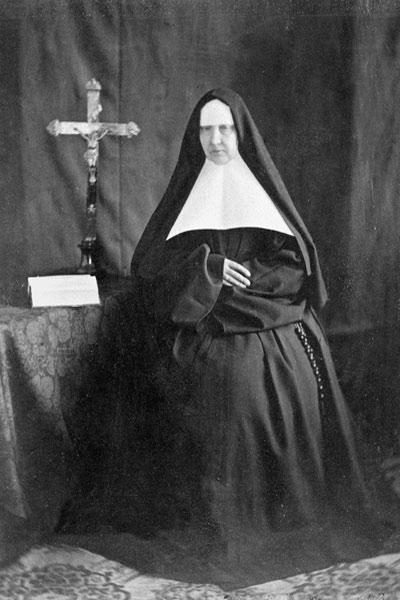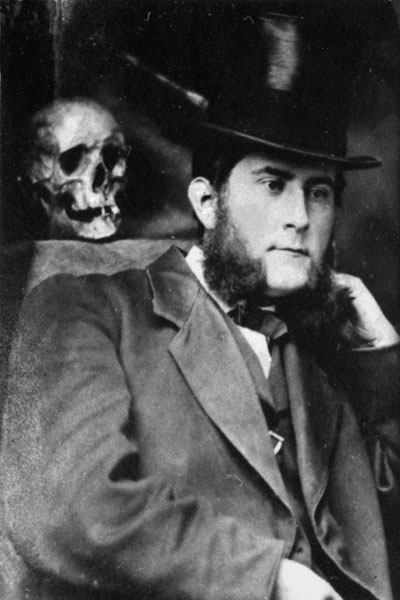The origin of leprosy in Tracadie is rather obscure although we know that the first victim of leprosy, Mrs Ursule Landry, died in her home in Tracadie in 1828.
 In 1844, the disease took such proportions that the health office, named to that effect, ordered the sequestration of the sick on Sheldrake Island near Chatham. The lepers were quarantined in an old building that had already been used to quarantine people. Most of the time, they were left to fend for themselves.
In 1844, the disease took such proportions that the health office, named to that effect, ordered the sequestration of the sick on Sheldrake Island near Chatham. The lepers were quarantined in an old building that had already been used to quarantine people. Most of the time, they were left to fend for themselves.
- Leprosy: definition and transmission

- Origin of the disease in New Brunswick
- First measures to fight leprosy in the region
- The transfer of lepers to Tracadie
In 1849, thanks to the numerous efforts of parish priest François Xavier Lafrance, the first lazaret was constructed in Tracadie where the sick were transferred.
In 1868, the Religieuses hospitalières de St-Joseph arrived in order to help the miserable lepers.
- The Religieuses Hospitalières de St-Joseph are entrusted with the care of the lepers
- Heroines of compassion and pioneers of health care in NB
- Priests involved in the Lazaret of Tracadie
In 1880, the administration of the Lazaret was transferred to the federal government who entrusted the nuns with administrative powers. Improvements were then made to the existing buildings and in 1893; funds were given to build a stone lazaret that was completed in 1896.
 Doctor A.C. Smith was the lepers’ physician from 1866 to 1909. He was followed by Doctor Langis from 1909 to 1933 and then by Doctor W.T. Ryan until 1939, the year that Doctor Aldoria Robichaud took over until the closing of the Lazaret in 1965.
Doctor A.C. Smith was the lepers’ physician from 1866 to 1909. He was followed by Doctor Langis from 1909 to 1933 and then by Doctor W.T. Ryan until 1939, the year that Doctor Aldoria Robichaud took over until the closing of the Lazaret in 1965.
The nuns took care of the lepers during 97 years, without ever becoming sick with the disease. Three hundred and twenty seven lepers were treated in New Brunswick. Around 15 were buried on Sheldrake Island, 90 in the Founding Fathers cemetery and 60 in the cemetery close to the church on Main Street. The remaining 59 were laid to rest in the present leper cemetery located on your right.

